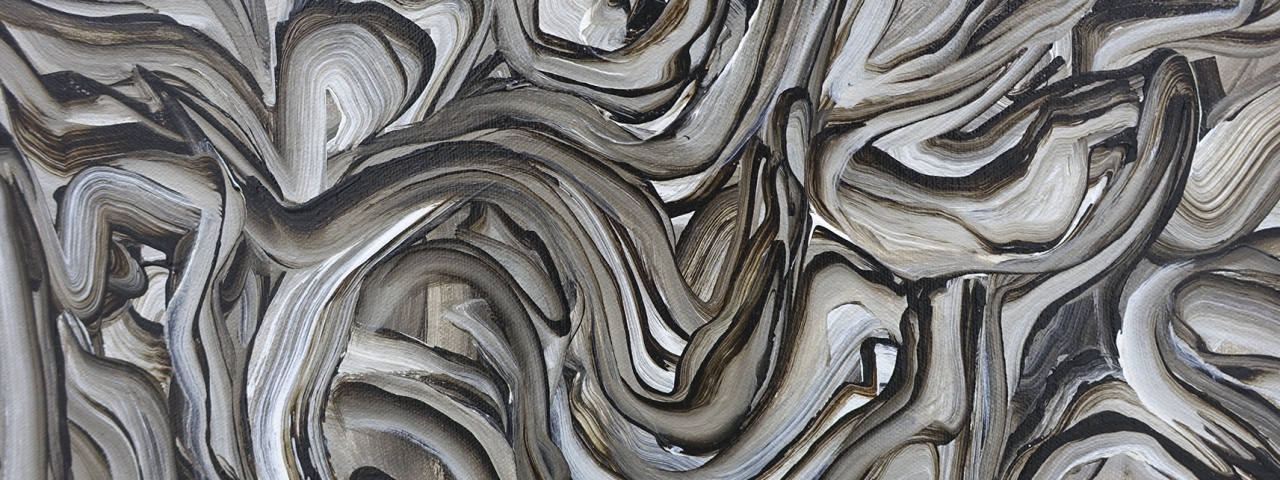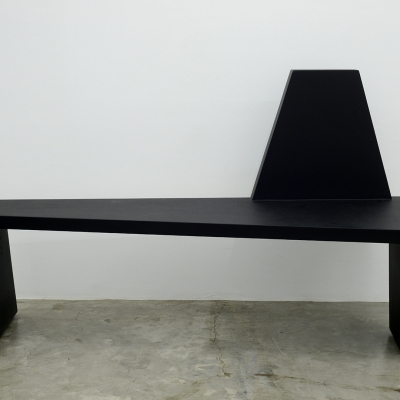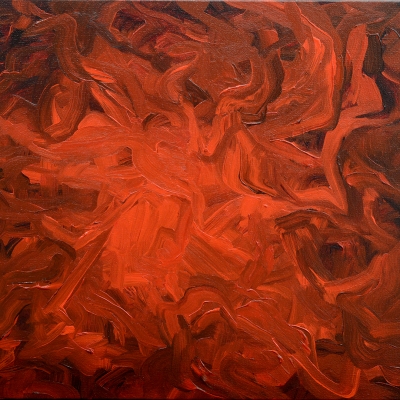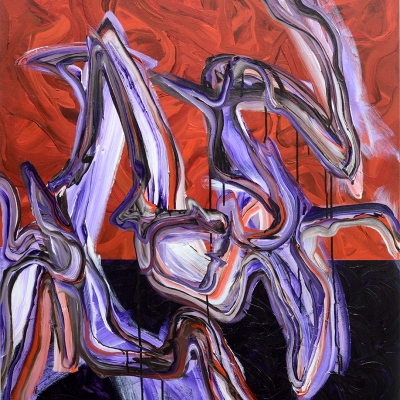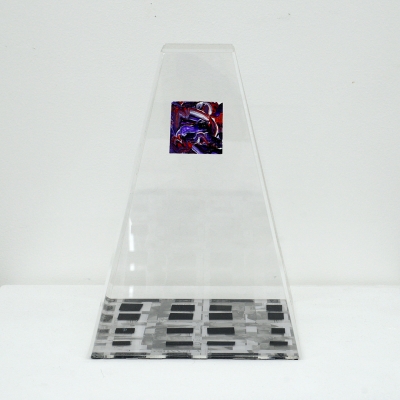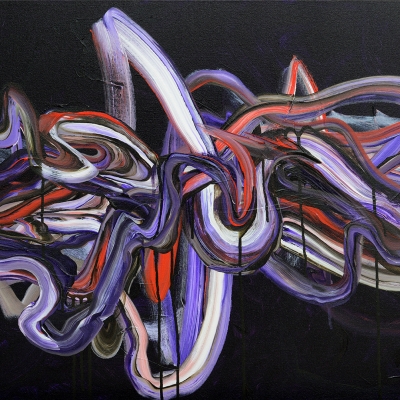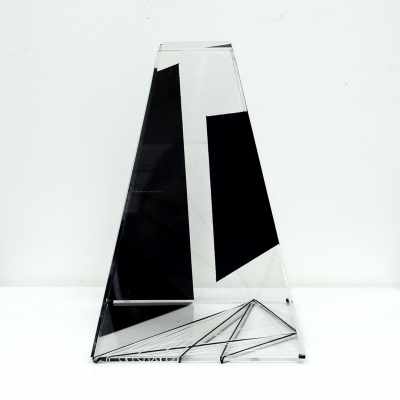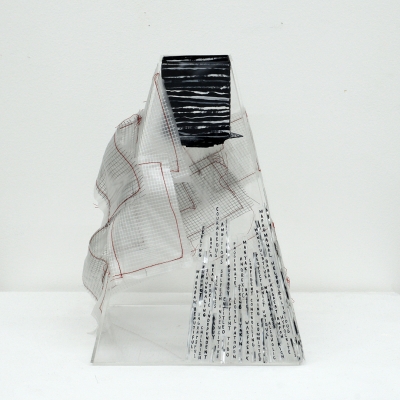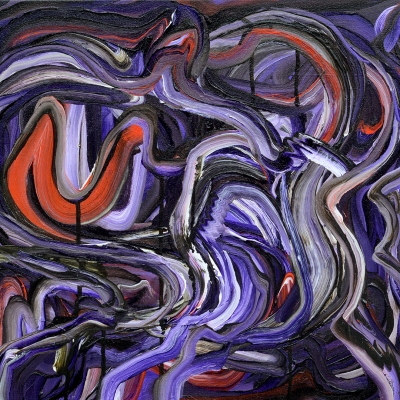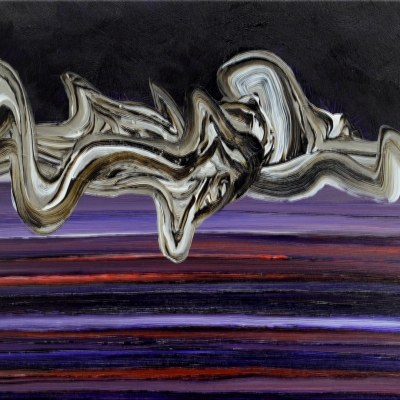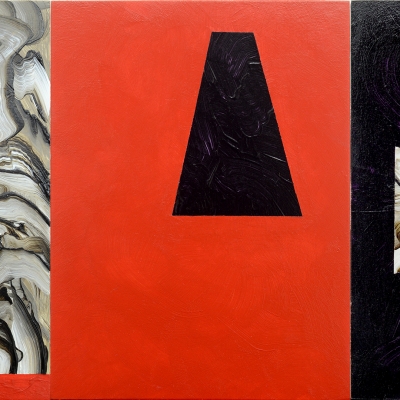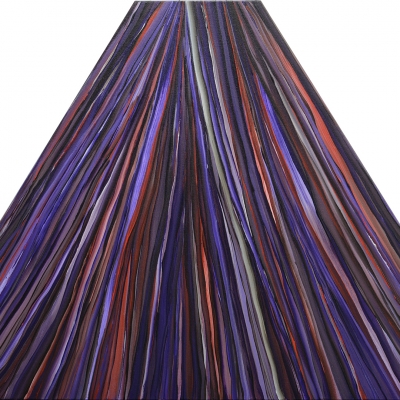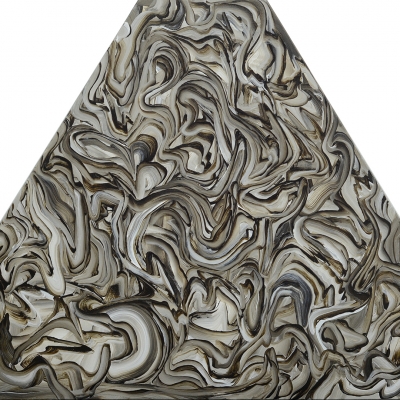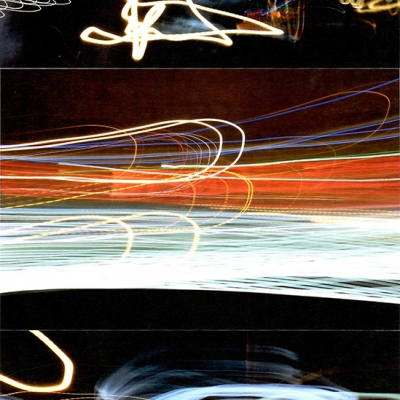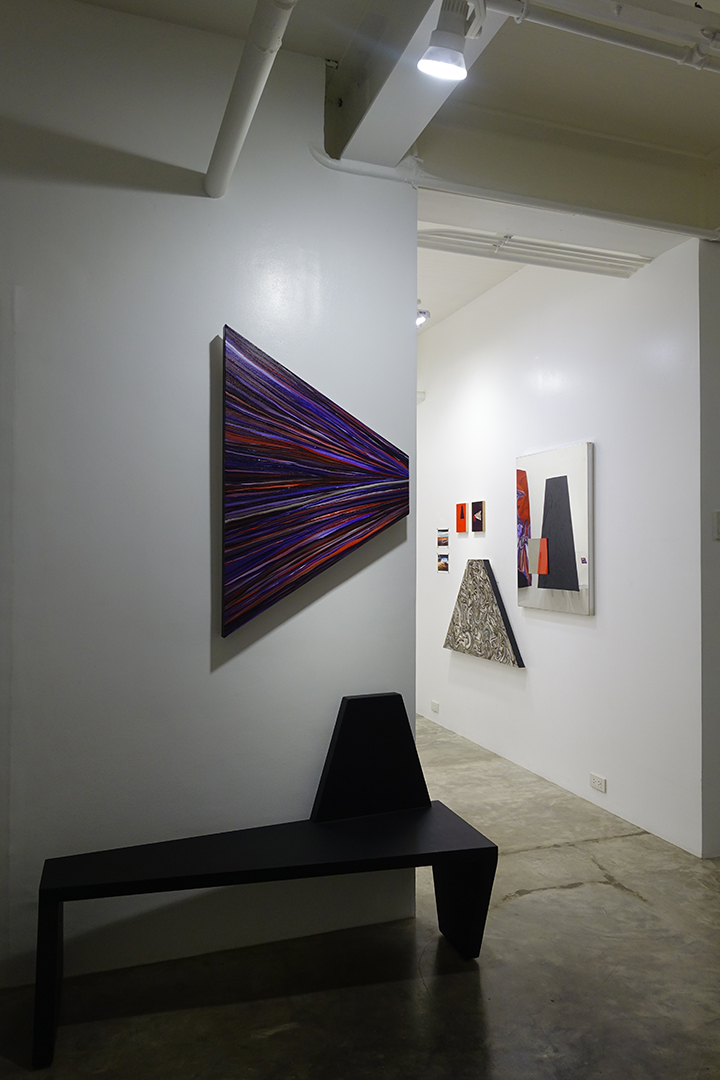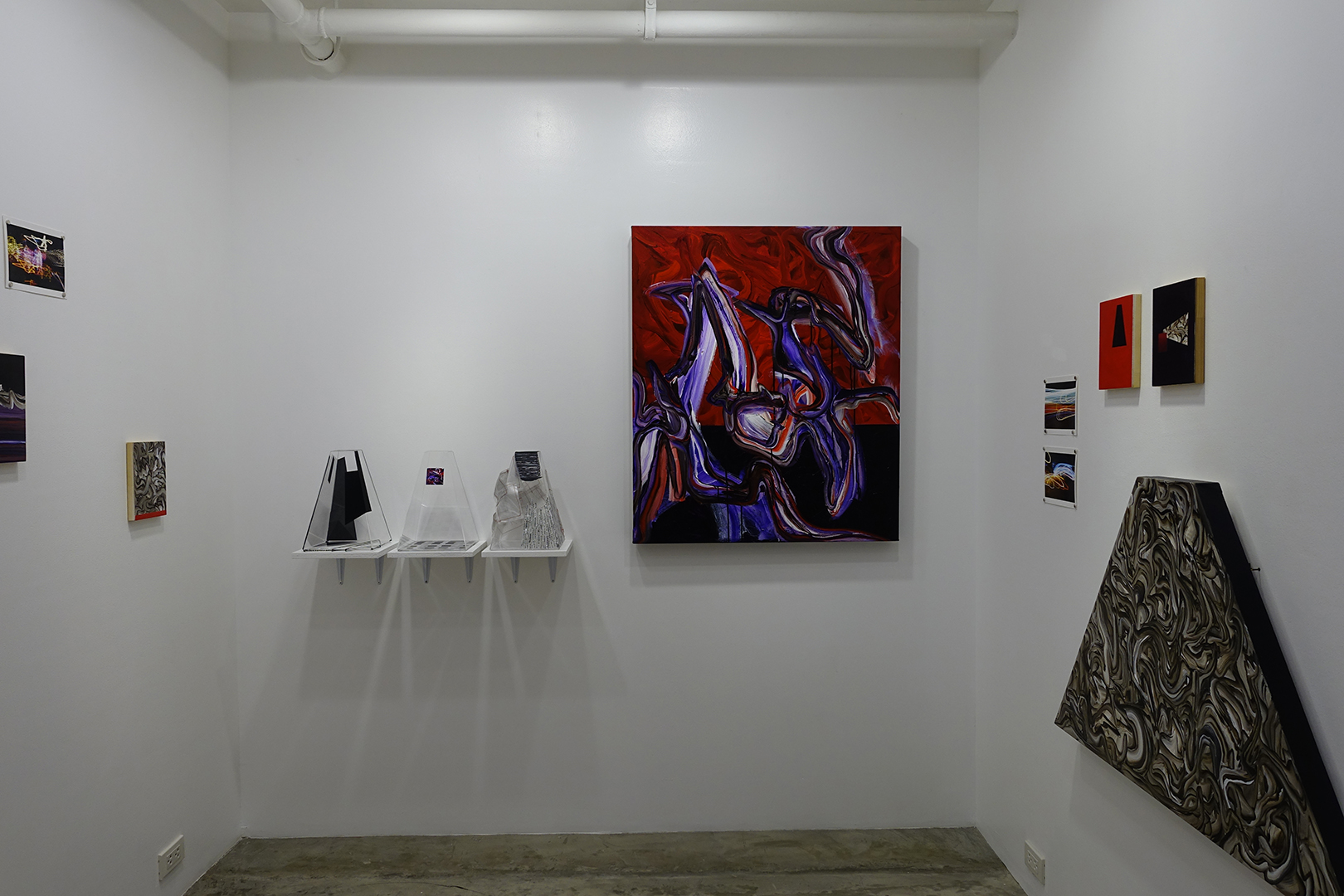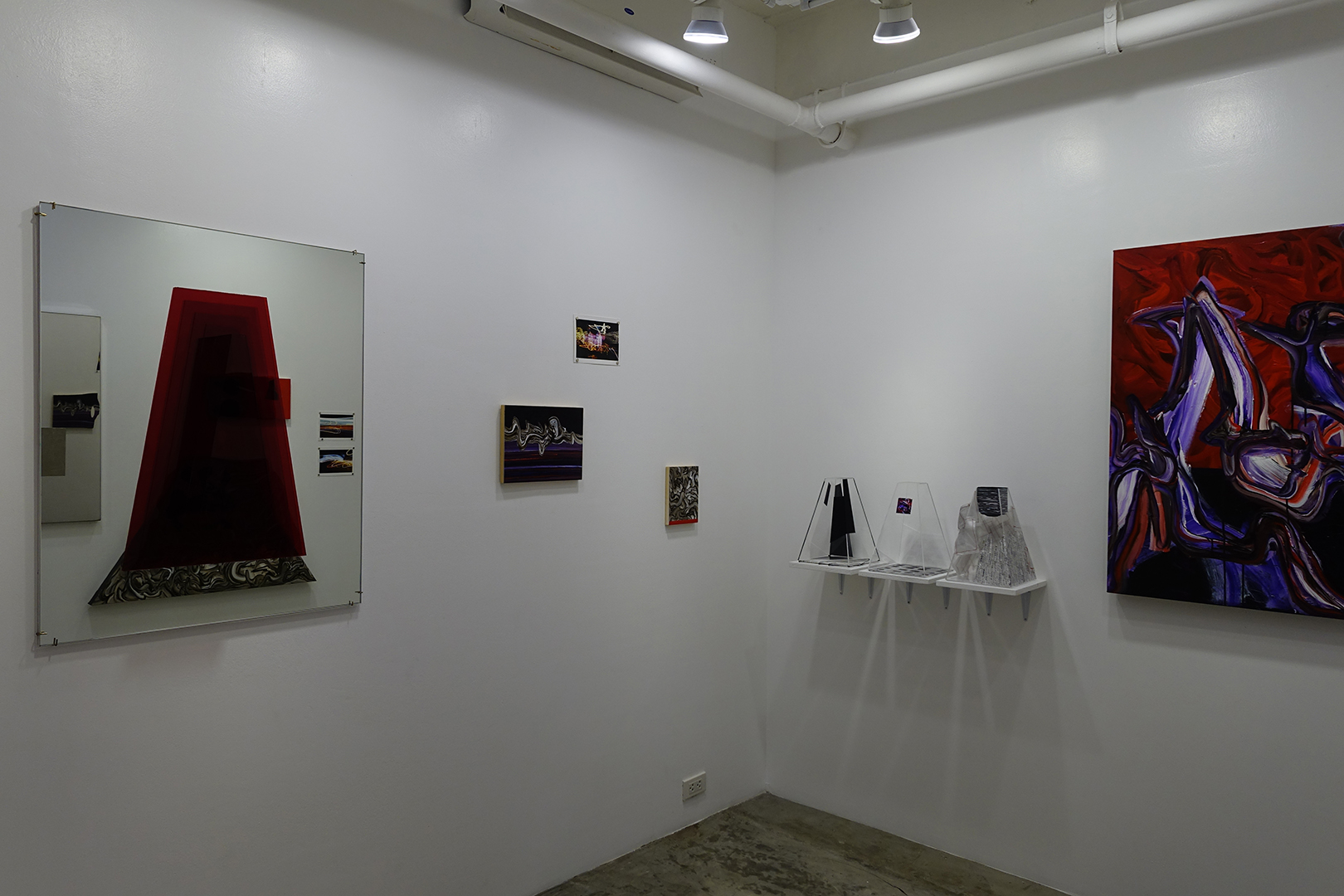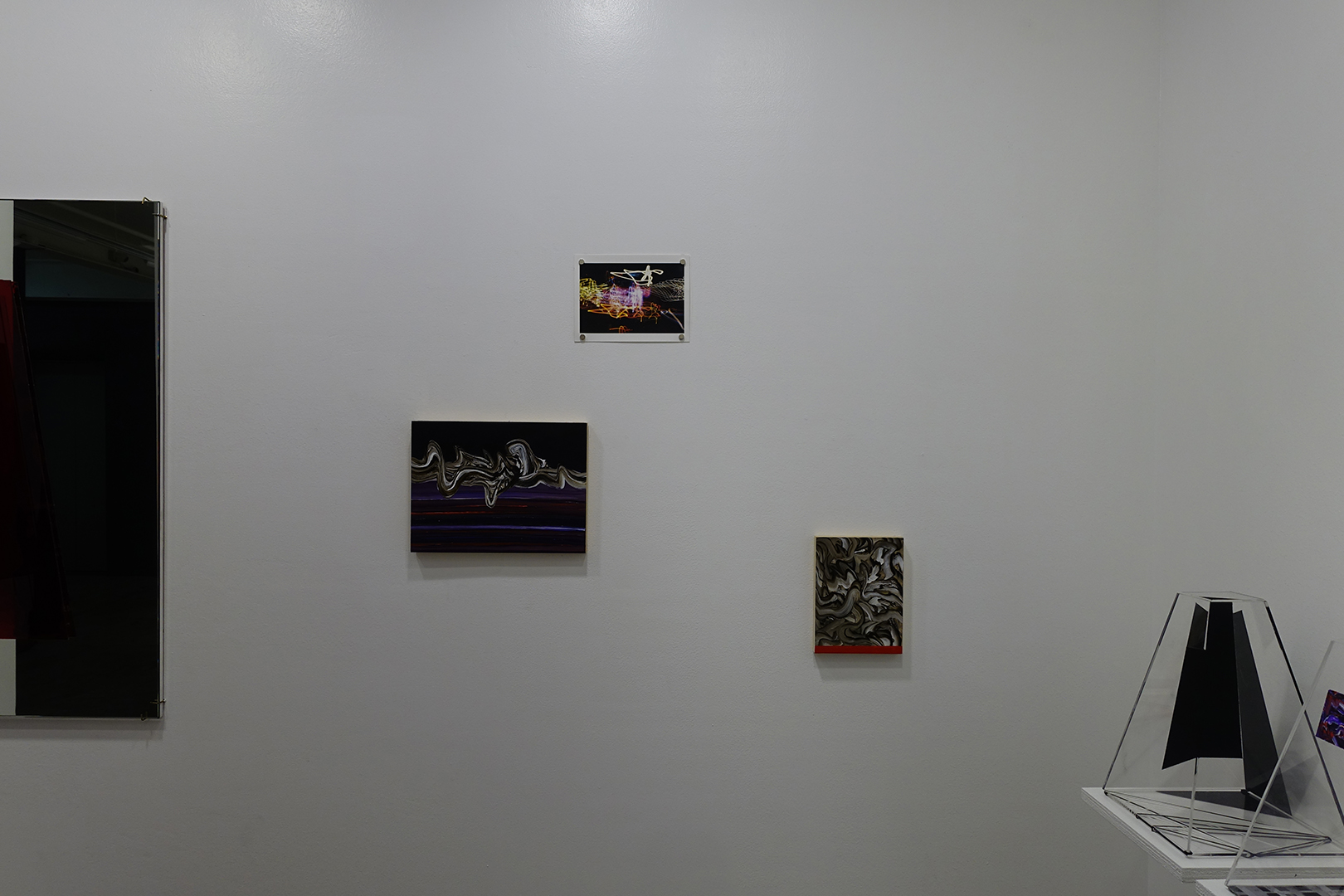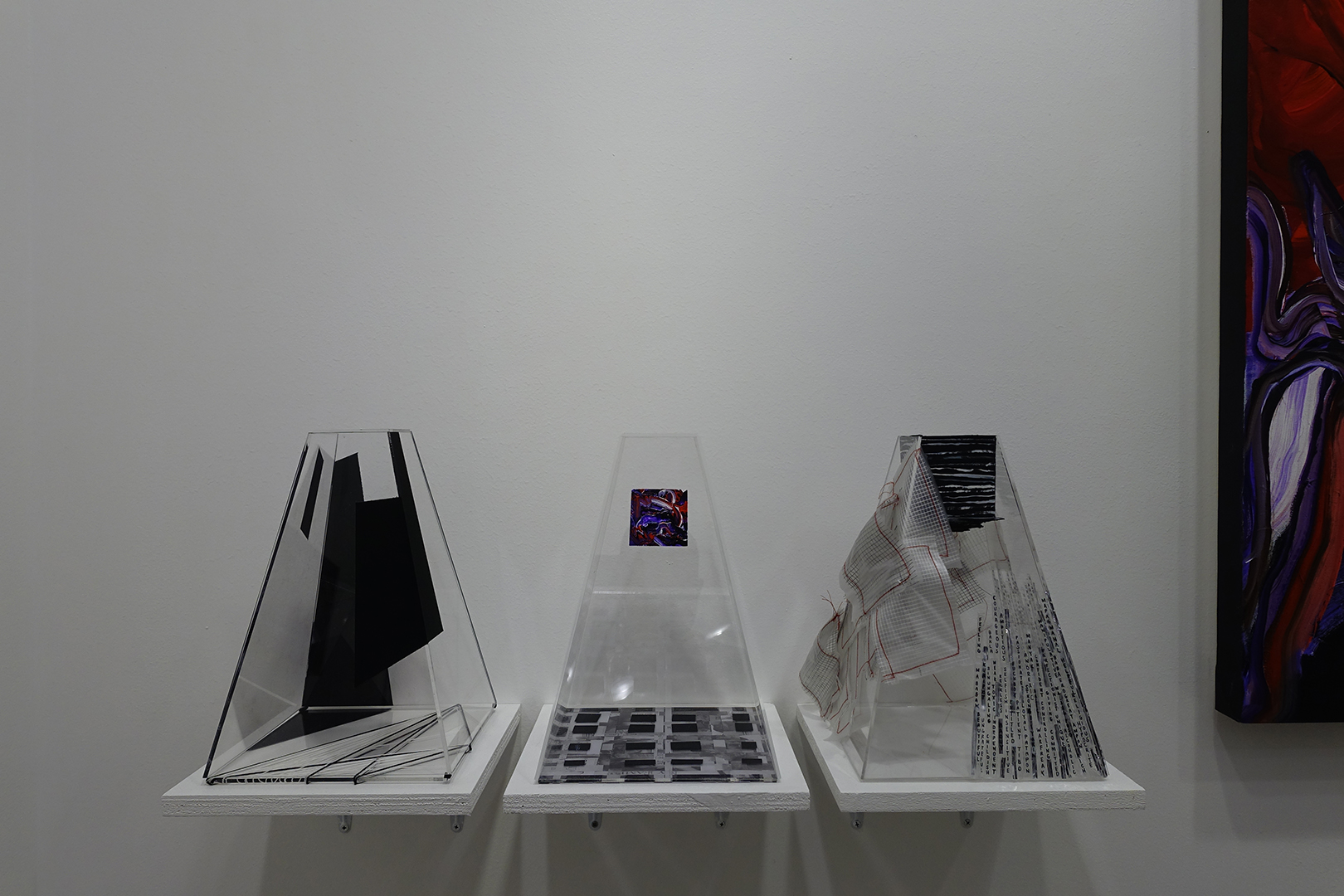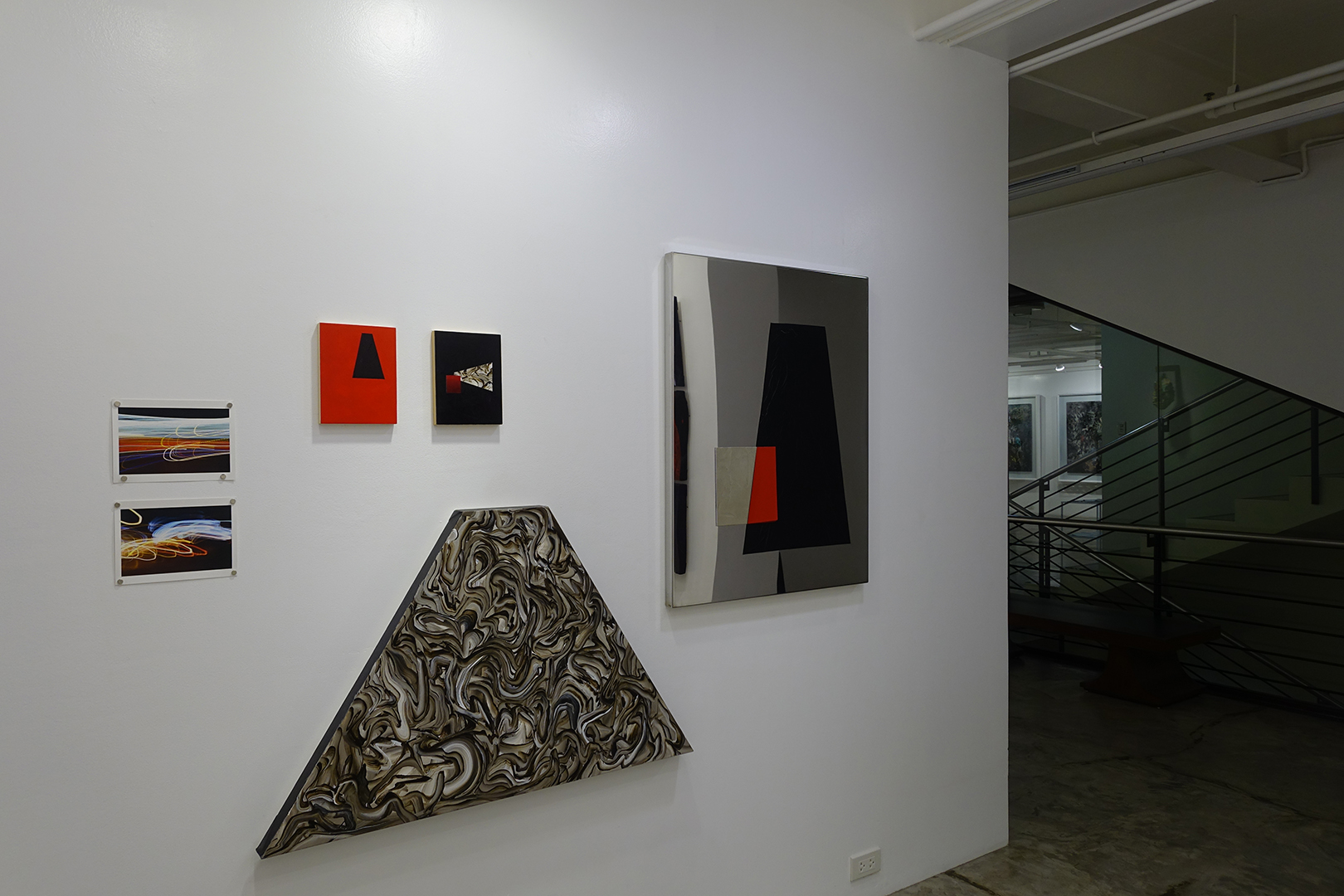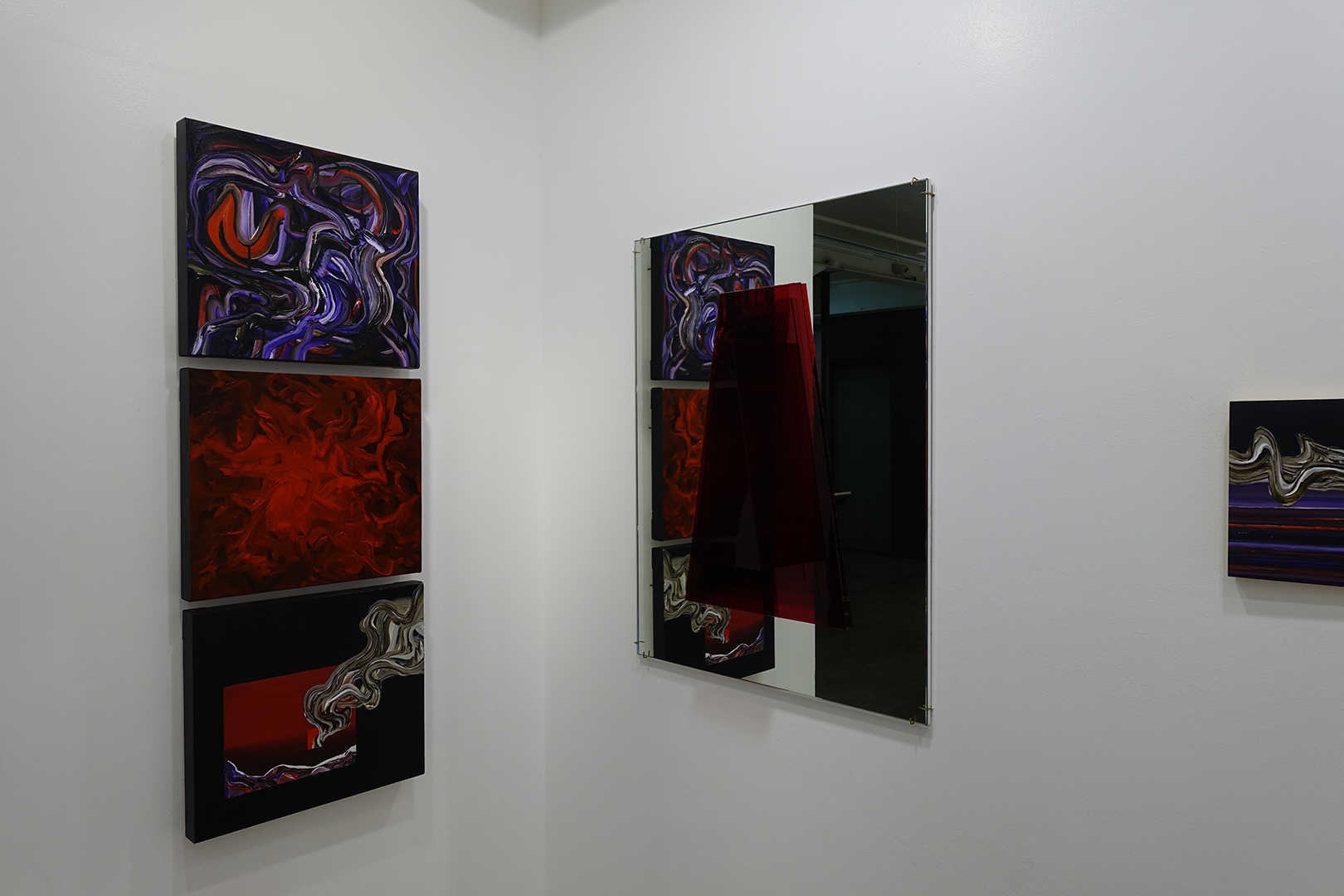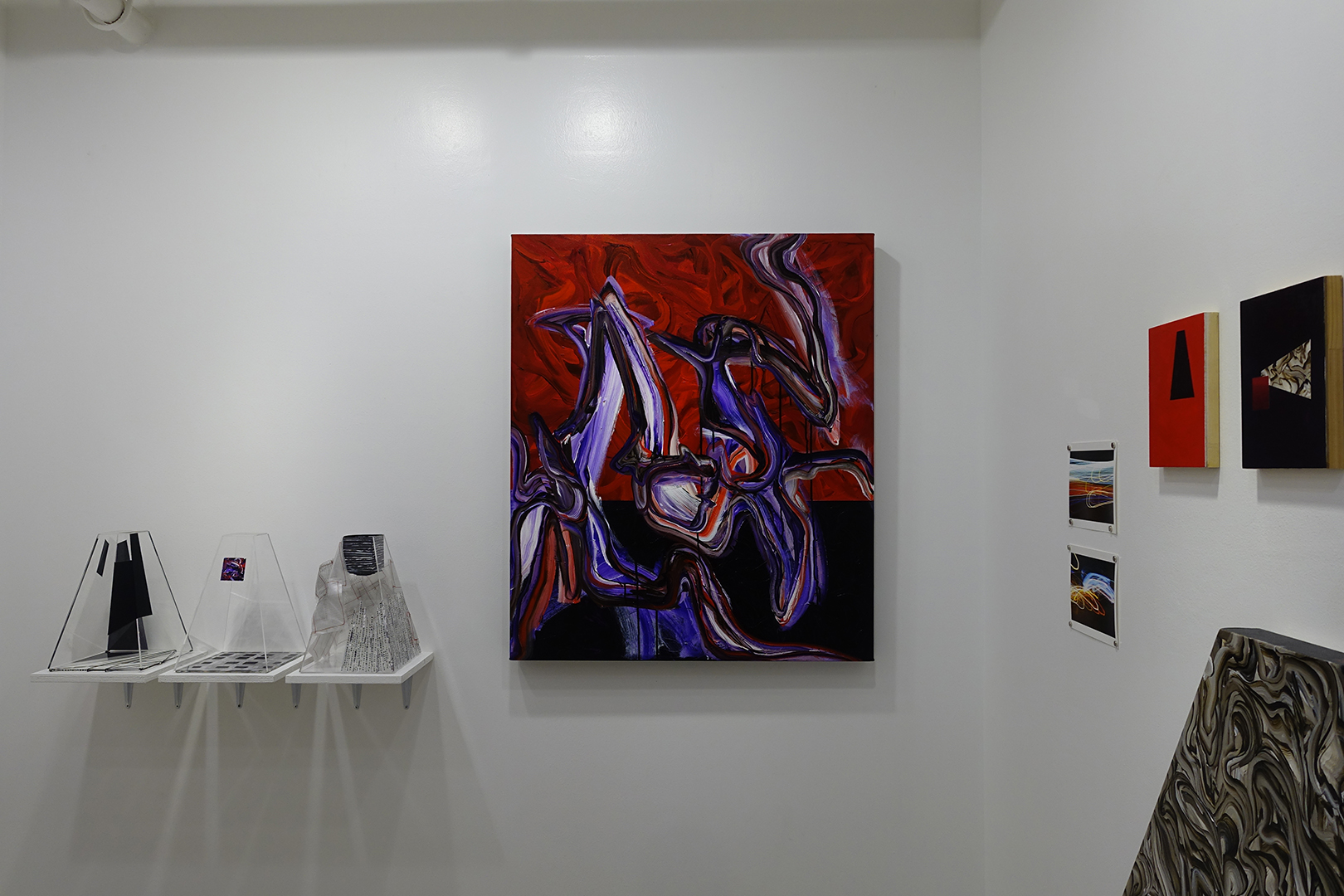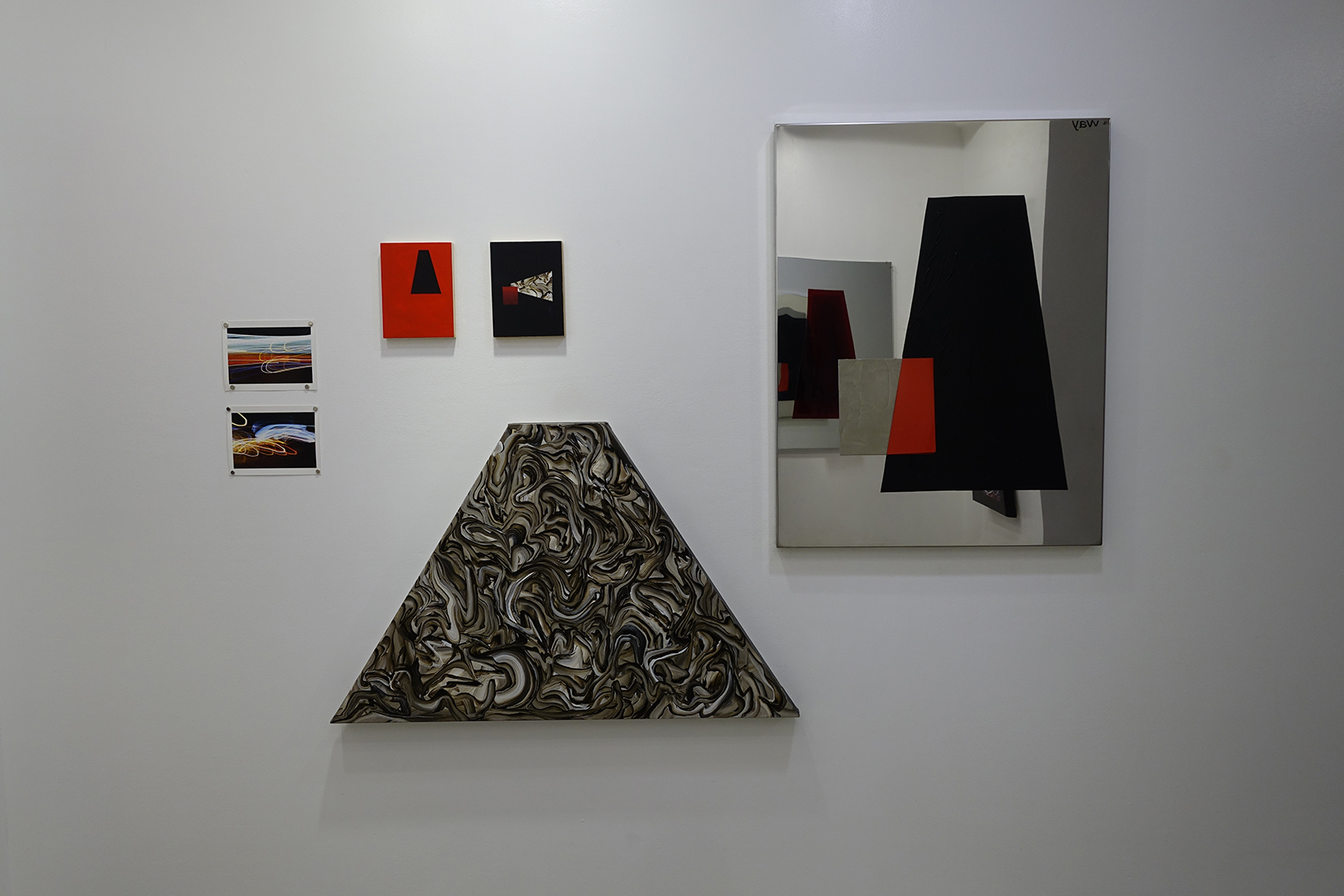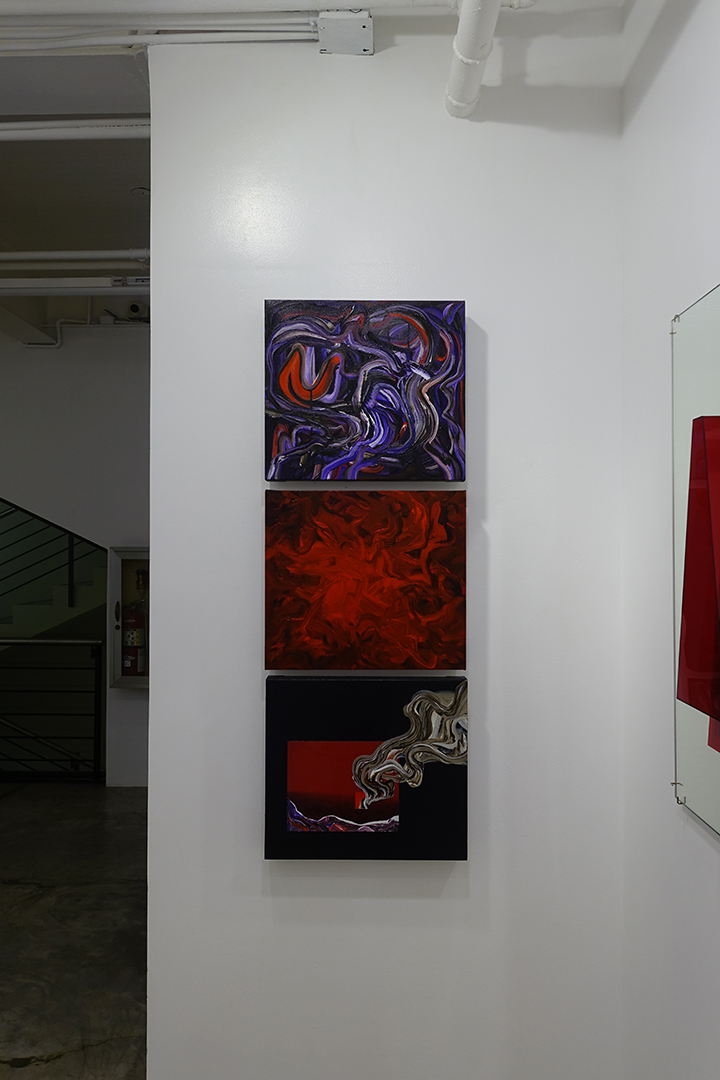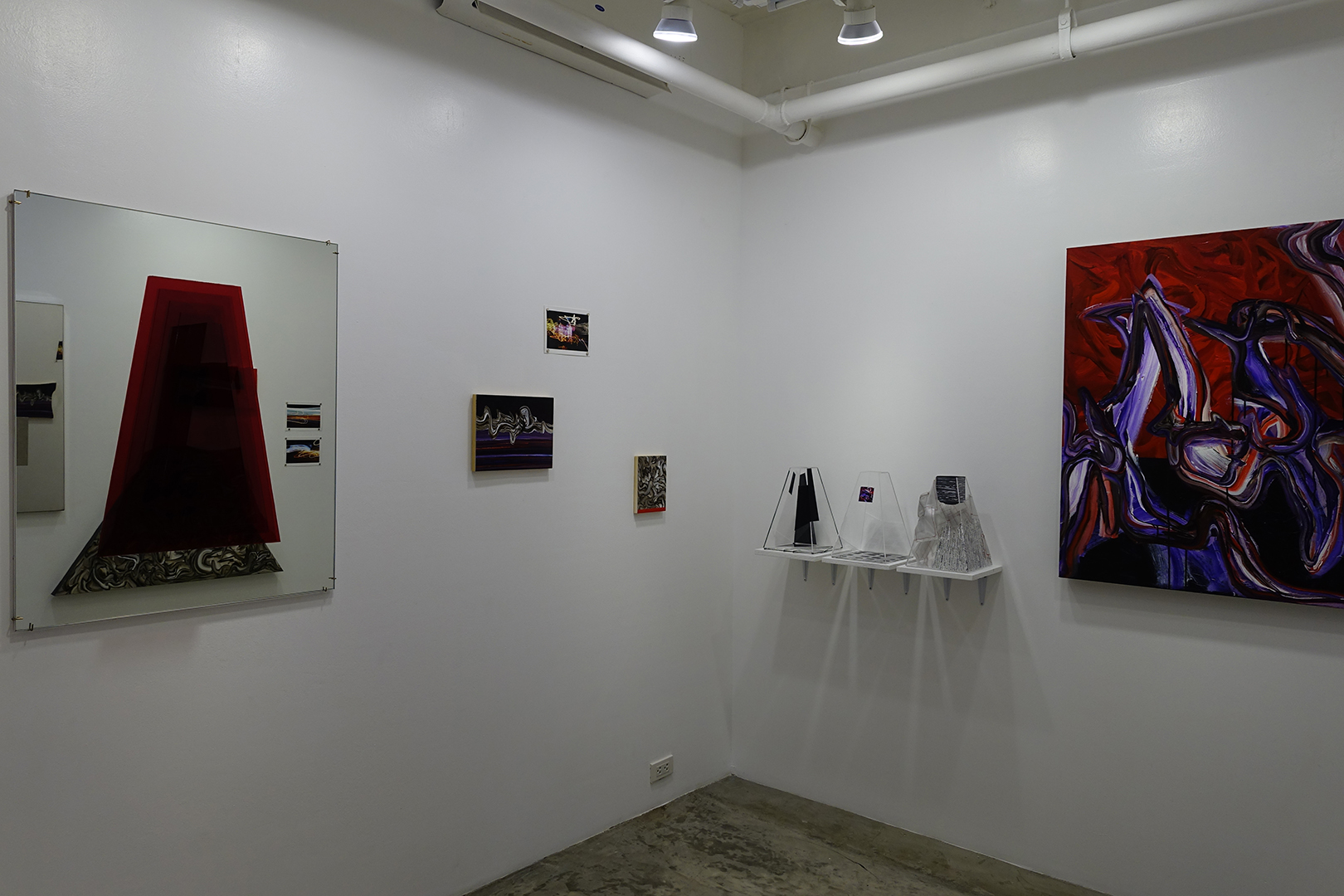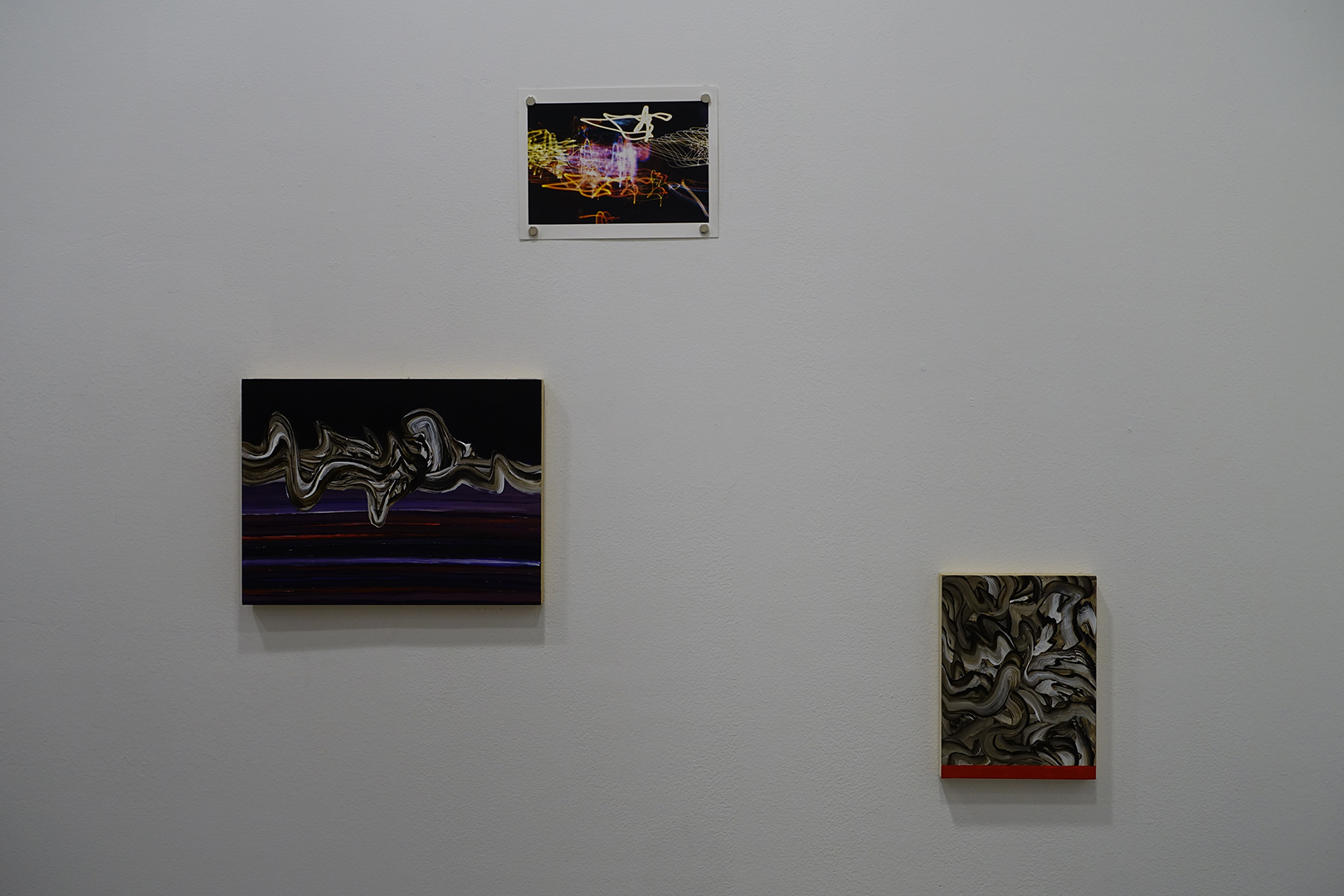The seminal French philosopher, Jean-Paul Sartre, wrote in his 1940 book, “The Imaginary: A Phenomenological Psychology of the Imagination”, that “there is always, at each and every moment, infinitely more than we see” where he discussed the correlation of images and consciousness. In this exhibition, Wipo takes cue from Sartre in presenting works that examine how we perceive the world differently through a myriad of factors in the way we absorb, store, and connect our diverse experiences and pieces of imagination to memory. Exploring themes of self-awareness as a departure point, Wipo remembers an encounter while hiking: he found himself at the center of two pieces of signage at a crossroads with their arrows pointing at each other. Looking at what it may correspond, Wipo believed that these arrows pointed at himself; placing the idea of the consciousness as a focus in the journey.
“This Way” is based on Wipo’s careful evaluation of what Sartre called the “illusion of immanence” where imagination is theorized to carry images that are already contained in our mind, delegating our intention to our knowledge of what a picture represents. Perception is incomplete without our comprehension of the world. When we look at an illustration of a mountain, for example, we go beyond what has been presented to us and connect it to similar experiences of climbing a mountain.
Working mostly with abstraction, Wipo paints over canvas and installation pieces with free-flowing, and yet organized, bold lines and forms, which encapsulate the artist’s predetermined notion of landscapes, places, and meanings embodied through how he remembers their existence. Collaborating with Morfosis, a multi-discplinary studio that specializes in interior design, “This Way” brings forth ideas of a shared imaginary journey. The artist leading the path but with Morfosis taking each distinctive step as they become mindful of themselves, as individuals and as designers.
Here, what we will find are images and objects that would ask us to become critical of what each could represent; how we associate ideas to certain things— to a chair, to a triangular shaped painting, to the color red. In “This Way”, Wipo leads our minds to a world ajar. The conjunction of truths that we live are part of a pluralistic narrative, which depends on the facets of vicissitudes that we witness and that we never get to see.
— Gwen Bautista

